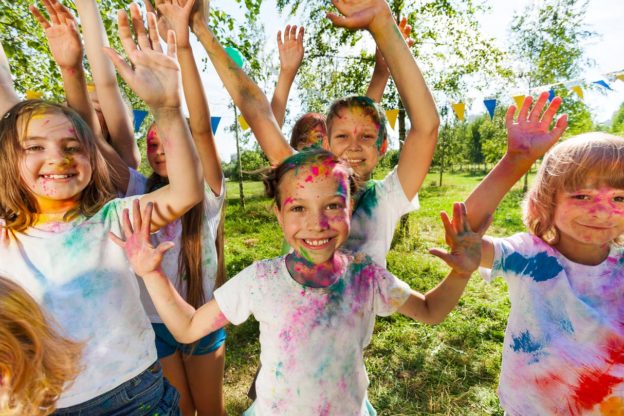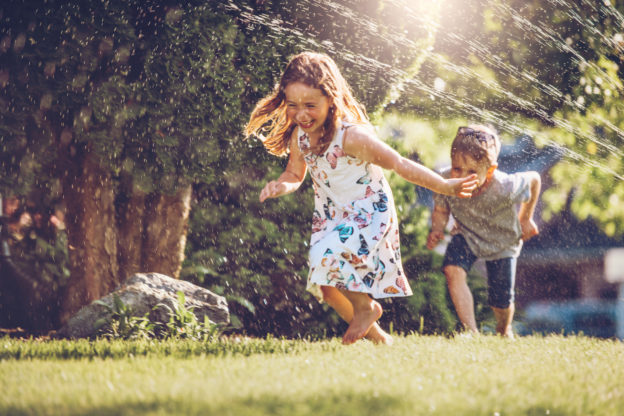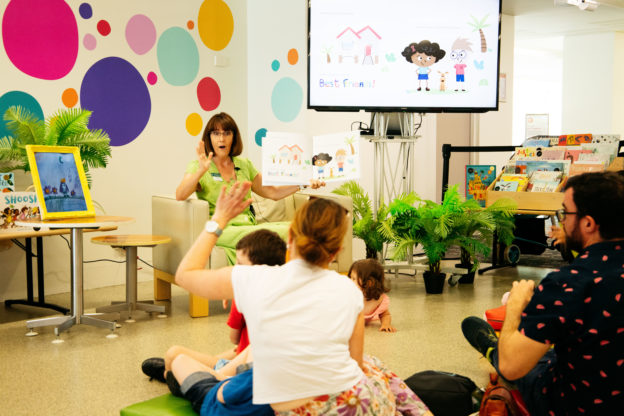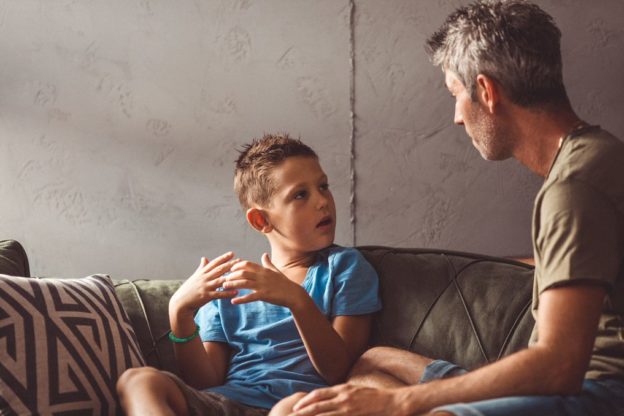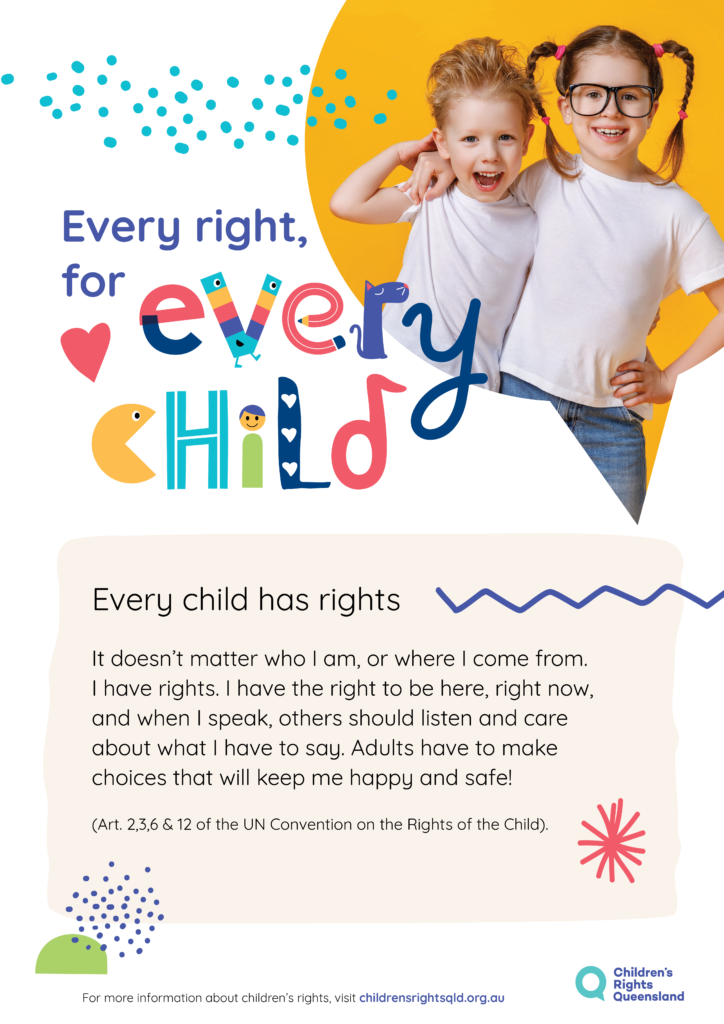The first and most important step in this mission is to ensure that children grow up in a safe environment free from abuse and neglect – this means keeping children safe from harm is everybody’s business.
Each child’s right to be safe is a shared responsibility amongst families, schools, government and the wider community. And although it’s a sensitive and complex issue, by remaining vigilant and adhering to Articles 19, 6 and 37 of the United Nations Convention of the Rights of the Child, we can meet the challenges of child abuse and work together to develop and implement effective solutions that result in positive outcomes for all children.
Let’s take a look at how we can successfully do this.
What is the right to be safe?
The United Nations Convention of the Rights of the Child outlines the right to be safe under three separate articles.
Article 19:
Governments should ensure that children are properly cared for and protect them from violence, abuse and neglect by their parents, or anyone else who looks after them.
Article 6:
Children have the right to live a full life. Governments should ensure that children survive and develop healthily.
Article 37:
Children who break the law should not be treated cruelly. They should not be put in a prison with adults and should be able to keep in contact with their family.
These articles outline the necessity to keep all children safe via government policy and the wider community. Without these safeguards, children are at a much greater risk of abuse and neglect, something that can have long lasting and significant consequences on their development into adulthood.
The effects of growing up in an unsafe environment
Growing up in an unsafe environment not only puts children at risk of immediate and direct danger, it also has the potential to have long lasting and irreversible negative effects on each child’s physical, psychological, emotional, behavioural, and social development – all of which are interrelated.
Research conducted by the Australian Institute of Family Studies (AIFS) identifies child abuse and neglect as a major social and public health problem, as well as a children’s rights issue in Australia. Sadly, over 200,000 cases of child abuse and neglect were recorded in 2019-2020.
And while not all children are exposed to similar experiences, any level of exposure to trauma and stress can result in a wide array of adverse consequences, including:
- learning and developmental problems
- attachment and interpersonal relationship problems
- mental health problems
- youth suicide
- alcohol and other substance abuse
- behavioural problems
- aggression, violence and criminal activity
- physical health problems
- teenage pregnancy
- homelessness
As you can see, the potential for severe long term consequences from abuse is quite high. It’s important that governments and community organisations continue their efforts to implement policies that protect and enhance Australian children’s lives.
So, what do these policies look like exactly?
Child protection policy in Australia
Australia is a signatory to the United Nations Convention on the Rights of the Child (United Nations, 1989) and many of the principles of the convention are included in Australia’s child protection legislation. And since 1975, Australia has introduced several key policies to ensure the safety of children across the country.
These policies include:
- Family Law Act 1975
- Australian Human Rights Commission Act 1986
- National Framework for Protecting Australia’s Children 2009-2020
These federal policies help build and maintain a common approach to child protection in Australia, but ultimately, state and territory governments are responsible for the administration and operation of their own child protection services. They each have differing legislative acts that meet local needs and govern the way services are provided.
And while this may seem a little fragmented, all states and territories have similar guiding principles in several key areas. These principles include:
- best interest of the child
- early intervention
- participation of young people in decision-making processes
Mandatory reporting
Unfortunately, a lot of abuse occurs within the confines of private homes and institutions, and can be difficult to identify. To help create greater awareness, each state has its own mandatory reporting laws.
These laws require specific people to report suspected abuse and neglect to government child protection services. In some locations, like the Northern Territory, every adult is mandated to report, while in others, like Queensland, Victoria and New South Wales only a limited number of occupations are mandated to report.
These occupations include:
- teachers
- early childhood educators
- doctors
- nurses
- police officers
By implementing these state and federal laws, Australia has some of the most robust child protection laws on the planet. And while this is critical in ensuring children grow up in a safe environment, the wider Australian community also has a role to play in keeping children safe.
The role of community in keeping children safe
As one unified whole, we can make sure that children have the right to be safe, no matter their background. To do this we need to build communities with a strong sense of belonging. One where people look out for each other and where all families are supported.
As adults, everyone must play their part and ensure children are always seen and heard. This is the most effective way to prevent abuse and keep children safe.
And although building a stronger community approach to child safety can be complex and at times difficult, it’s the simple things that can make the most difference.
These include:
- listening to each child’s needs
- small acts of kindness
- standing up for their rights
How can we build stronger communities for safer children?
Community involvement – Getting everybody on board with a shared community responsibility is essential for child safety.
Building social cohesion – Greater inclusion within communities has been shown to reduce child maltreatment.
Identifying risk – Addressing risk factors such as social attitudes, mental health poverty, and domestic violence are key to creating better outcomes for children.
Accessible programs – Locally organised programs are a great way to identify and address the needs of vulnerable families.
Inclusion of children’s views – Children’s thoughts and feelings must be included to have truly effective approach to tackling child abuse and neglect.
Where to find support
There are many support services that can be contacted if a child’s safety is in danger, and each state and territory has its own child protection authorities. It’s important to note, that if you suspect a child is at risk of harm, you should call your local authority to discuss your concerns, no matter how unsure you are.
State and territory child protection authorities
- Australian Capital Territory
- New South Wales
- Northern Territory
- Queensland
- South Australia
- Tasmania
- Victoria
- Western Australia
And for any children that may feel unsafe, Kids helpline and Lifeline offer 24 hour telephone support.
Let’s keep children safe
Young people deserve to grow up in a safe environment. It’s their right.
And while many children still experience abuse and neglect within homes and institutions, Australia’s policies have made it easier to identify and address such harm.
With more community involvement, children can live safely and develop into the adults they want to be, leading a full and productive life.
To learn more on how you can help keep children safe, visit the Australian Institute of Family Studies for more information.
REFERENCES
https://aifs.gov.au/cfca/publications/effects-child-abuse-and-neglect-children-and-adolescents
https://aifs.gov.au/cfca/publications/australian-child-protection-legislation
https://www.childabuseroyalcommission.gov.au/
https://aifs.gov.au/cfca/publications/mandatory-reporting-child-abuse-and-neglect
https://www.education.vic.gov.au/school/principals/spag/safety/Documents/protectionofchildren.PDF
https://aifs.gov.au/cfca/publications/prevalence-child-abuse-and-neglect
https://www.aihw.gov.au/reports/children-youth/australias-children/data






